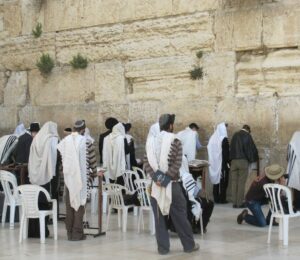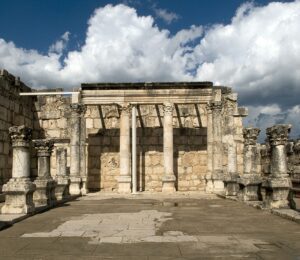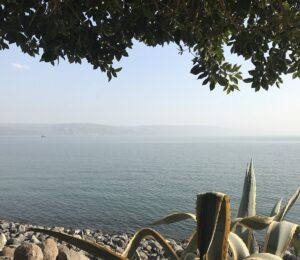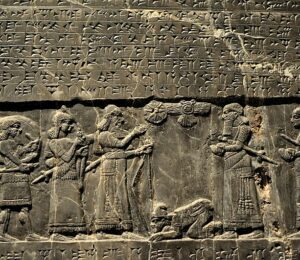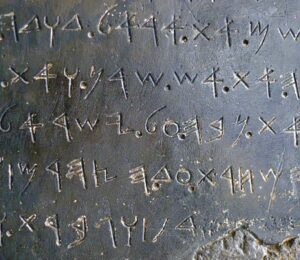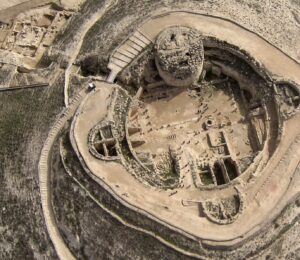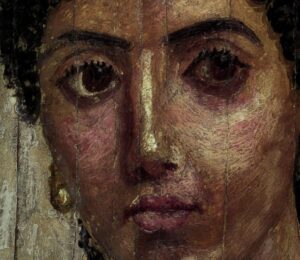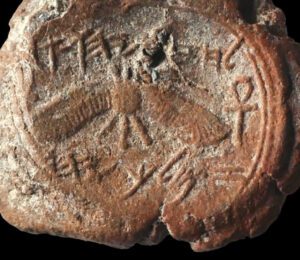Pontius Pilate’s Street
Pontius Pilate of Biblical fame is thought to have built a street in Jerusalem now referred to as Pontius Pilate’s Street. He was the Roman prefect of Judea at the time of Christ’s trial and execution. This fact alone has guaranteed Pilate’s infamy throughout all time as he ordered the execution of Christ. There are few historical artifacts related to Pilate including a ring which might have belonged to him, and the so-called Pontius Pilate Stone which bears an inscription including his name. There has been little uncovered archaeologically related to this man of such importance. The recent discovery of… Read More »

